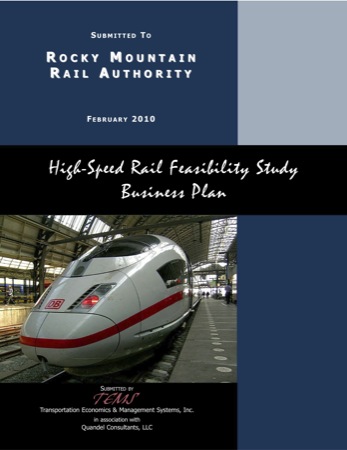What does House passage of a health-care bill mean for transportation and planning issues? For one thing, the bill just passed includes the now-familiar (but wrong) assumption that we can make people healthier through social engineering. More important, it means some in Congress are going to start gearing up for reauthorization of federal surface transportation programs (even though no one seriously believes a bill will be passed in 2010).
One idea that has been around for awhile is for an infrastructure bank. But as faithful Antiplanner ally Ron Utt points out, what people call an infrastructure bank will be far from a true bank. Instead, it is likely to turn into an open-bucket pork fest in which states and cities come up with the most wildly expensive, inane projects to make sure they get “their share” of the take. Yes, at least some of the money the bank gives out will be in the form of loans, but it will be easy for states to “borrow” money against the taxes they expect to collect someday from their taxpayers.
The bigger debate, of course, is going to be between collective transport and personal transport. The door-to-door convenience of driving is so great that, even with huge subsidies, it is hard to imagine collective transport ever taking significant market share away from the automobile. And yet people fantasize endlessly about the benefits of high-speed rail, streetcars, and so forth.
Continue reading →








